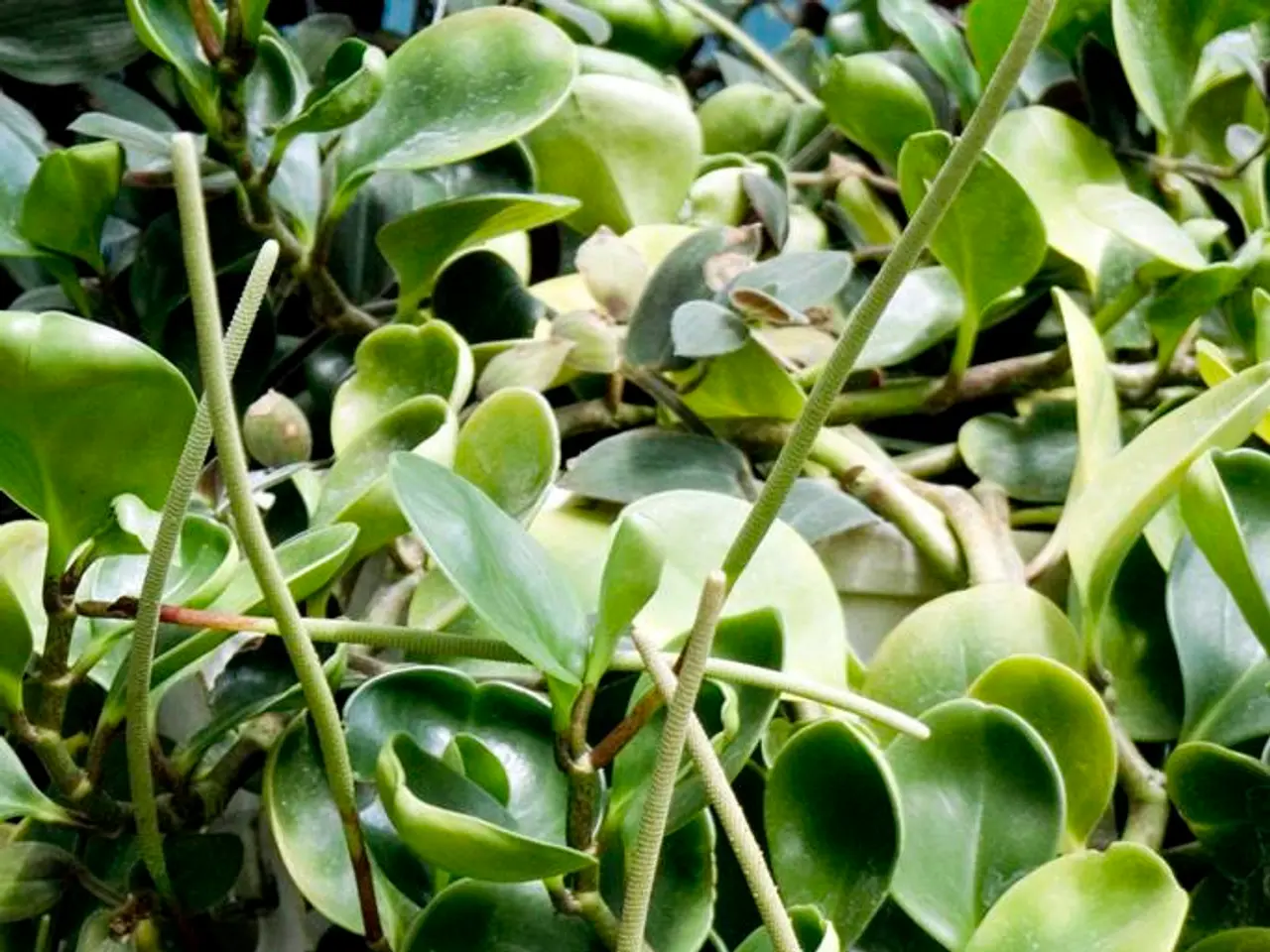Summer Watering Handbook for Your Garden
Drought-Tolerant Plants for a Vibrant Summer Garden
In the heart of summer, maintaining a lush and colourful garden can be a challenge, especially during dry spells. However, there are several drought-tolerant plants that can thrive in hot and dry conditions, adding beauty and resilience to your outdoor space.
Lavender (Lavandula spp.), with its fragrant purple blooms, is a perennial that loves hot, dry conditions. Once established, it requires little water and supports pollinators, making it an ideal choice for pathways or patios.
The Purple Coneflower (Echinacea purpurea) is another drought-tolerant gem. Known for its bold, daisy-like flowers, it blooms profusely in sunny spots, attracting pollinators.
Coreopsis (Coreopsis verticillata), a cheerful perennial with yellow, pink, or red blooms, thrives in dry, well-drained soils and is easy to care for.
Yarrow (Achillea spp.) is a fast-growing perennial that withstands drought and infertile soil, requiring minimal maintenance.
Mountain Mint (Pycnanthemum spp.) is another drought-tolerant plant, suitable for pollinators, with silvery-green leaves and edible flowers.
Prickly Pear (Opuntia spp.) and Agave are succulents that store water well, ideal for xeriscaping and very low irrigation needs.
Blanket Flower (Gaillardia) thrives in full sun and sandy soil, with red, orange, and yellow blooms.
California Poppy (Eschscholzia californica) is a self-seeding annual that thrives in dry, well-drained soils, with vibrant orange or yellow flowers.
Rockrose (Cistus), an evergreen shrub, offers many blooms over summer, aromatic leaves, and good heat tolerance, though it may need replacement every 6-7 years.
Other drought-resistant plants include Verbena, Stachys, Sedum, Thyme, Gaura, Euphorbia, Stipa, and Ballota.
On the other hand, some plants require more frequent watering during summer. These include seedlings, cuttings, and young plants, as well as those potted in a greenhouse or conservatory such as tomatoes, cucumbers, and tree ferns. Plants with shallow root systems, including bedding plants, large, thin-leaved subtropical plants, ferns, bog plants, moisture-loving perennials, and many vegetable crops like spinach, lettuce, and celery, should be watered once a week to avoid suffering.
Plants like Irises (ensata and siberica) and Lobelia cardinalis require lots of water, as they thrive in swamps. Roses can be prone to mildew in dry conditions and should be watered. Ornamental willows are tolerant but can suffer if left dry for long. Tree ferns should have their trunks watered daily to create humidity.
Mature trees, shrubs, and hedges do not need watering as it's a waste. Clematis require watering once a fortnight during long, dry spells. Alliums and Santolina are drought-resistant. Cordylines have tough leaves that retain their moisture.
By incorporating these drought-tolerant plants into your garden, you can create a vibrant and resilient outdoor space that can weather the hot, dry summer months with ease.
[1] Garden Myths: Drought-Tolerant Plants [2] 10 Drought-Tolerant Plants for Your Garden [3] Drought-Tolerant Plants for Your Garden
- Incorporating lavender, purple coneflower, coreopsis, yarrow, mountain mint, prickly pear, agave, blanket flower, California poppy, rockrose, verbena, stachys, sedum, thyme, gaura, euphorbia, stipa, ballota, and other drought-resistant plants into your home-and-garden's lifestyle can help create a vibrant and resilient summer garden.
- The home-and-garden lifestyle of maintaining a drought-tolerant garden can be extended to gardening by choosing plants such as lavender, purple coneflower, and coreopsis for pathways or patios.




